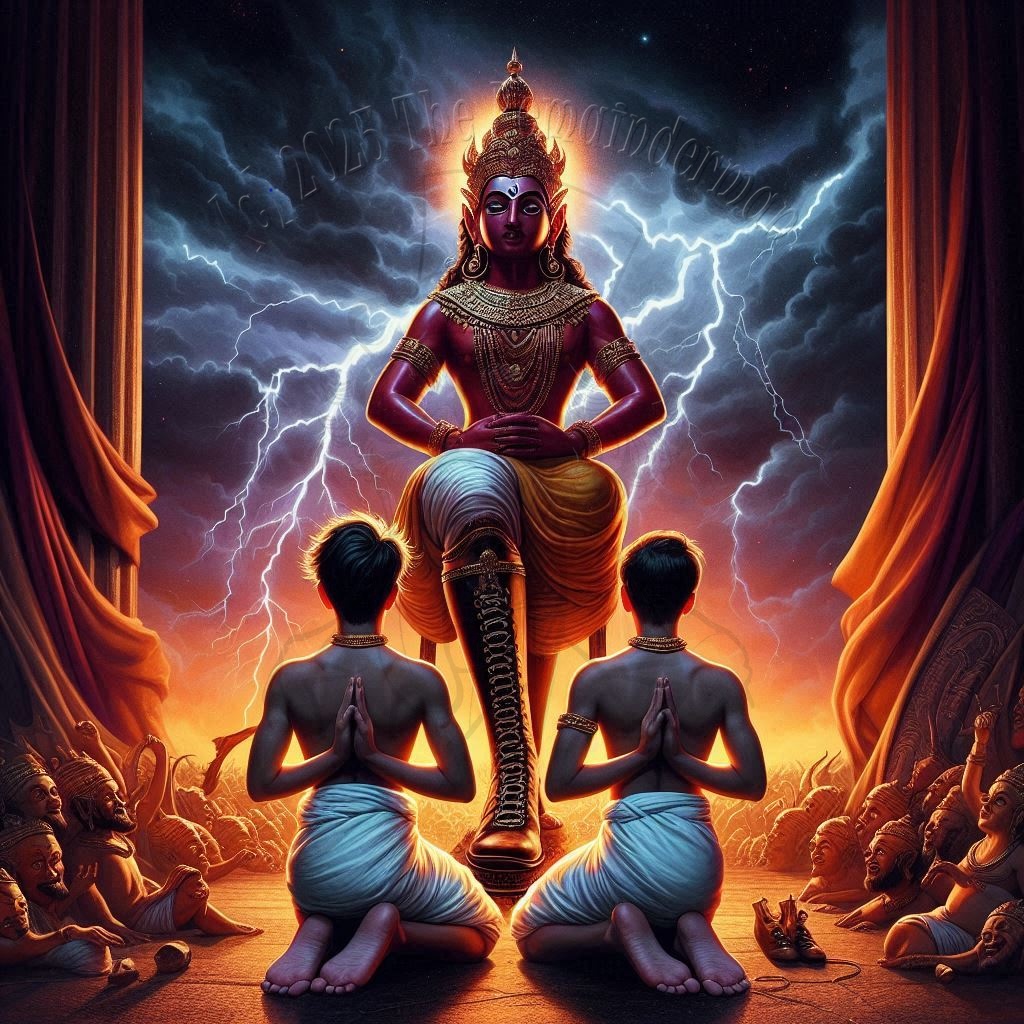

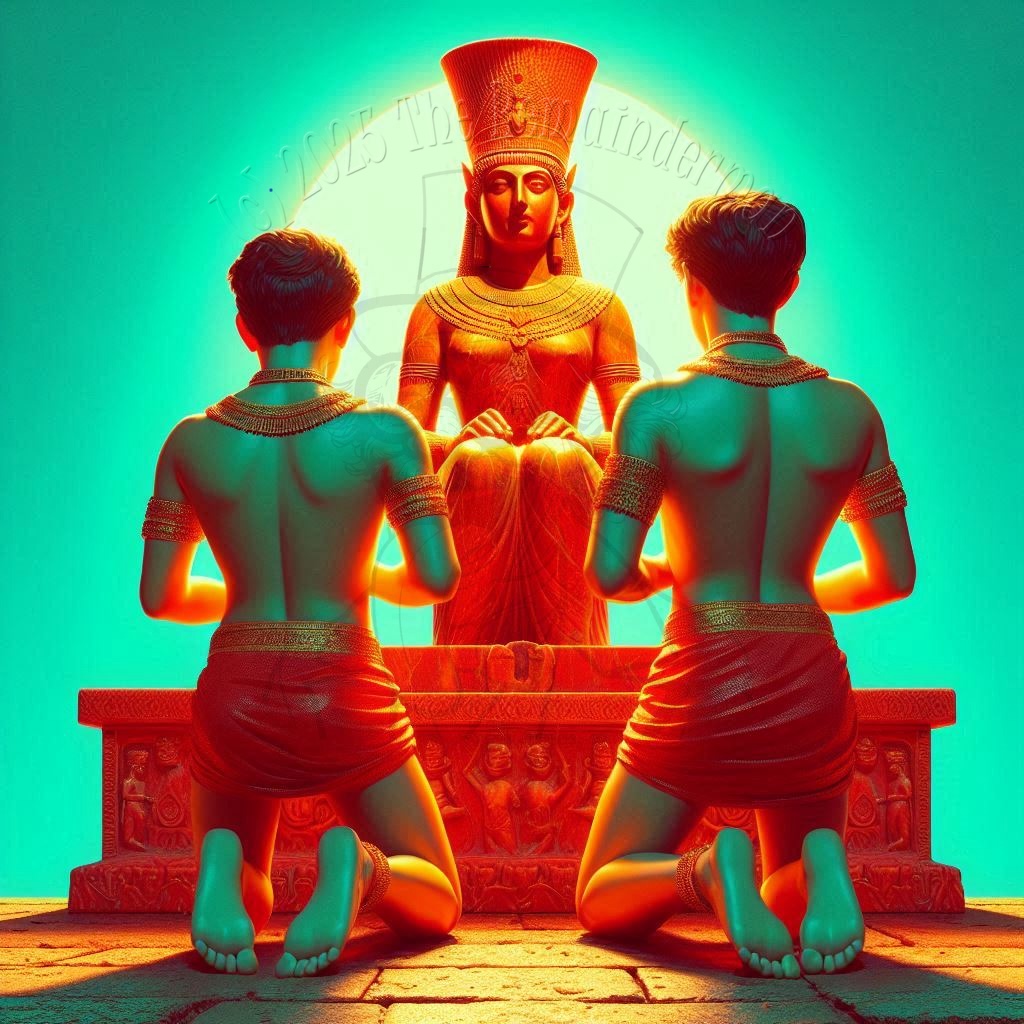
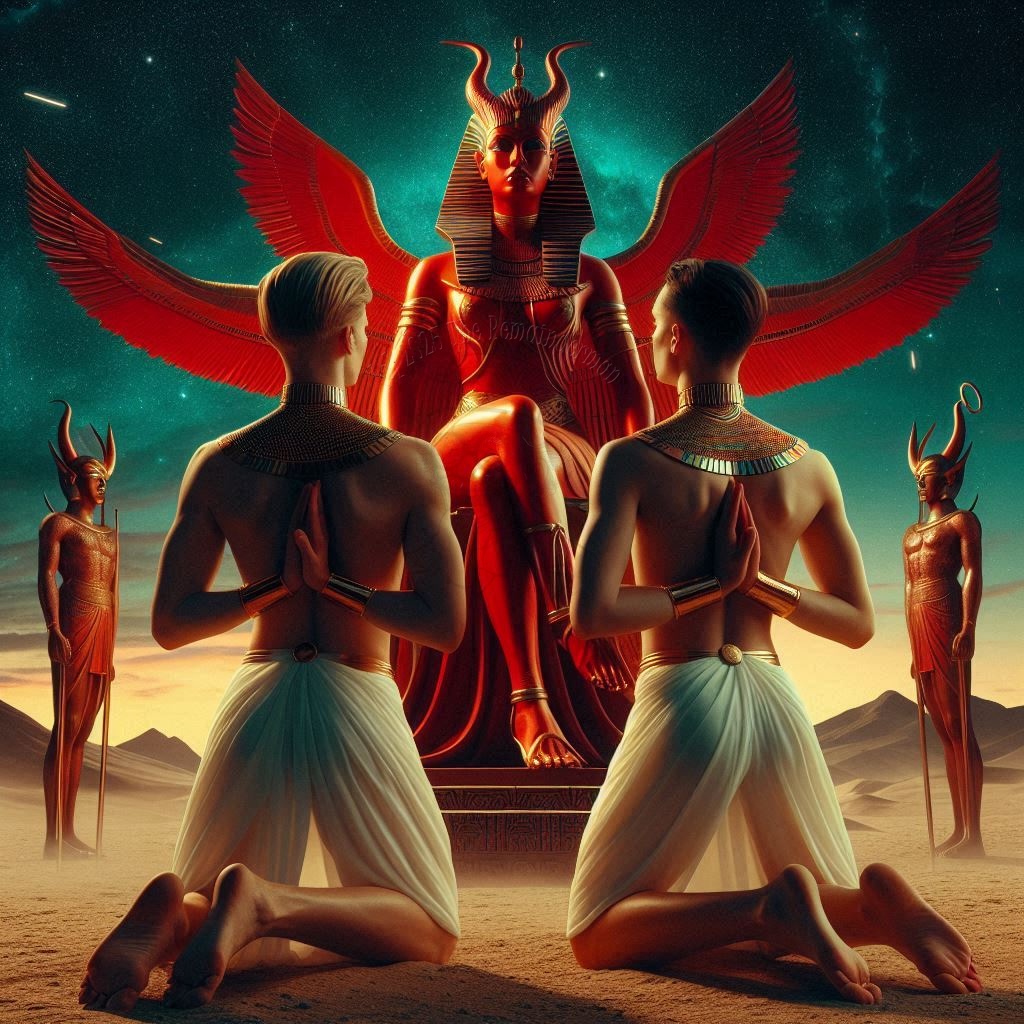
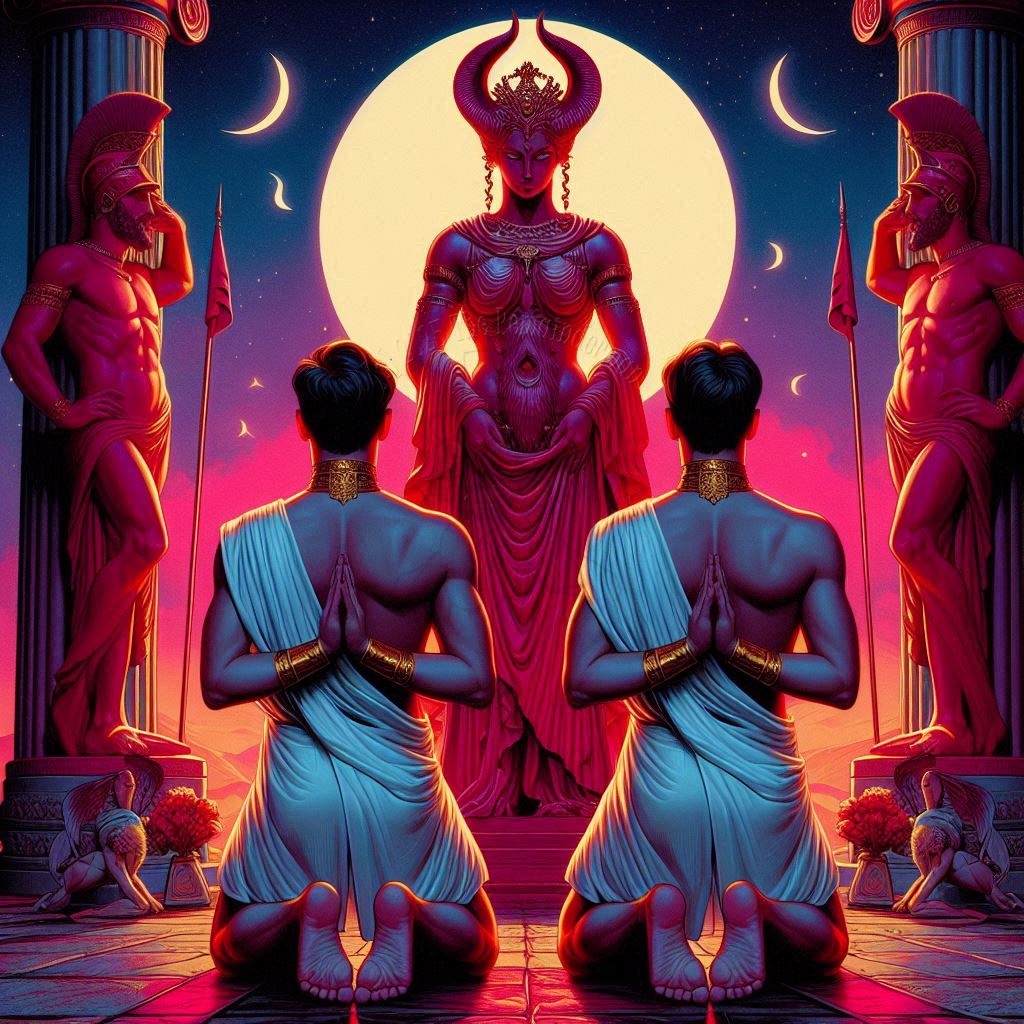
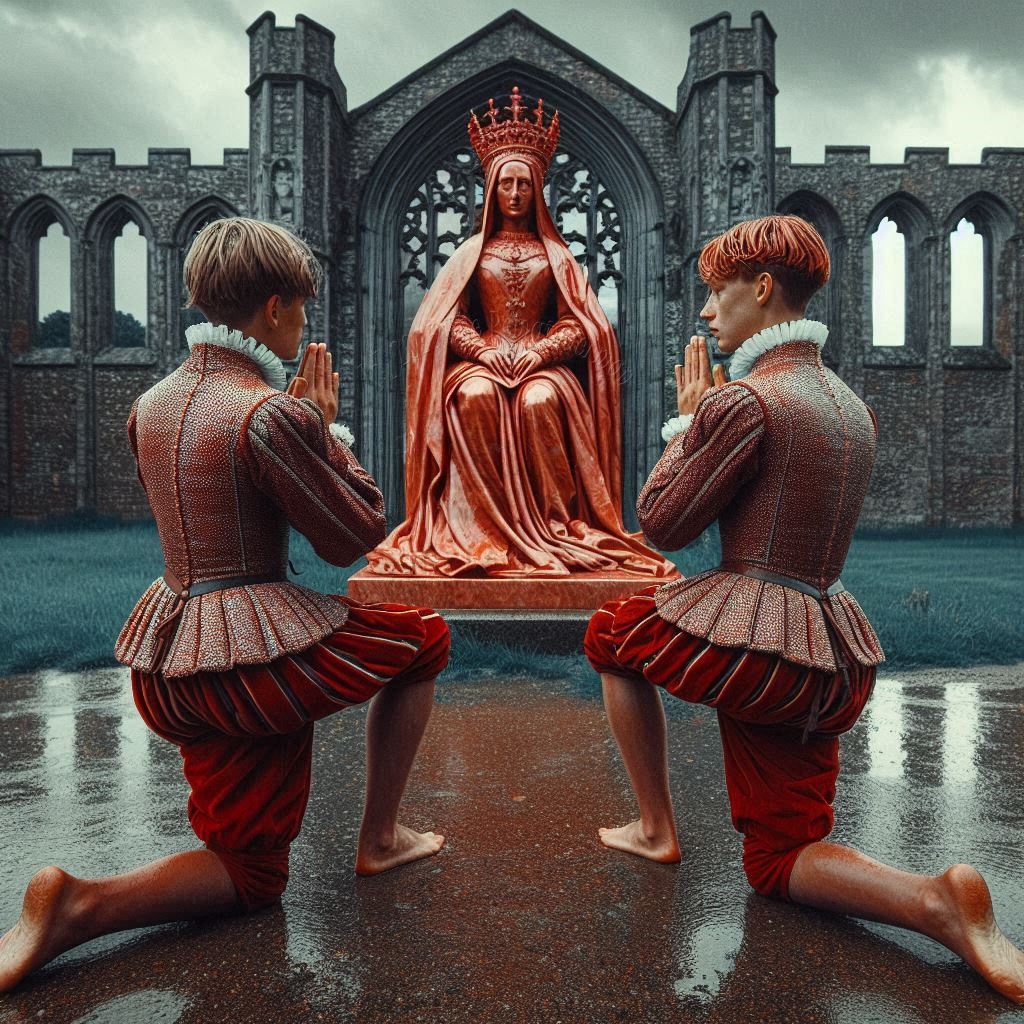
The Queen and Her Operatives
Always, she chose her orphans from among the most vulnerable, although the vulnerabilities she valued, like their strengths, varied depending on the purposes she had in mind for them. The most sensitive, the most brutal, the most brutalized, the most desperate, the most desperate to please, the most isolated, the most social, the most insecure, the most self-confident, the most angry, the most calm, the most self-aware, the least self-aware. Every human was endowed with some free will, some bit of conscience, some sliver of the holy ghost that could never be extinguished but only banished from this world by death.
Some of those she chose—bullies and lizards like Cutter, Martin, Isaac, and Eleanor—were already far down the path to hell, as close to being destined for her Queendom as they could be on Earth because they felt nothing for others, couldn’t bear the successes of others, wanted to hurt others, or even wanted to obliterate everything. But such people could only help her so far, with some things.
Many tasks could only be accomplished with empathy, reason, wisdom, and self-awareness. Those possessing such traits, the hothouse flowers, were the most difficult ones to raise successfully to their purposes. It had taken centuries for the demons of hell to fully appreciate that no matter how much fun it was to wind up and unleash raging, violent sadists, narcissists, lunatics, and golems on the world, they could only advance the cause of reaping souls so far. Faced with obvious threats to their communities, most people tended to come together, care for and protect one another, even sacrifice themselves for others. Bringing out the best in people was the last thing they wanted to do! Those were outcomes that hindered, rather than helped, the demons in their ultimate aims; however much fun it was to cause chaos. What the demons needed were more insidious threats to humanity. They needed threats that people could rationalize away or ignore, until it was too late and they were already being gobbled up by voracious hell.
Rather than creating the savages who worked so well as their kapos in hell, and trying in vain to rely only on them in the more nuanced environment of Earth, the demons realized they would be better served by investing the significant time and empathy required on the front end to raise operatives with the abilities they needed. No matter how challenging a skill it was for a demon to learn. No matter how much patience they had to find. It was something not every demon was capable of. In all the demon realms of hell, it tended to absorb their brightest and most capable, those from their higher ranks. But there were also individual differences within demon castes. So the members of every Court charged with wrangling the hothouse flowers included a mix—a handful of the lower demons, a larger share of the middle, and a heavy dose of the highest ranks.
And so it was that Queen Channah herself was involved with this project, especially when—as in England, in the 1520s—the succubae were establishing a new colony. Partly because founding the cadre that would establish and give the colony its start was a particularly crucial step in setting it on the right path, but also because new colonies were only created when there was a particularly pressing reason for doing so. Cambridgeshire had become her operating base, for now; joining the ancient colonies in Constantinople and Rome, and the medieval colonies in Vienna and Madrid, as the fifth in Europe. Like most colonies, this one began at the outside and worked its way in to the heart of the Kingdom. When it was time, when her agents were deeply embedded, their covers and legends secure, its focal point would move slowly, agent by agent, from Cambridge to the Royal Court in London. But for now, they had only a limited, secondary presence there, which relied on Cambridge for its roots and legend; and behind that, vague stories about coming from the West.
It was the Star of Bethlehem that had decided Channah in favor of England, prioritizing it over Amsterdam, Paris, Lisbon, Stockholm, and the other rising cities of Northern Europe, an area which had never been worthy of organized demonic focus before. Gemstones, like certain other objects, held energy because they focused so much human passion, ambition, interest, and naked greed. Their interaction with people, tending to draw out the worst of humanity, cursed them to become fell instruments of power. The largest, which could become the focus of terrible violence and every kind of sin, were often legendary. Like the Star of Bethlehem, the largest sapphire in the world, that had been “lost” at Bosworth Field in 1485.
Any object could become a magical fetish if humans imbued it with enough of their hopes, fears, ambitions, wants, needs, and desires. But almost none were more likely to do so that large gemstones. Such naturally-occurring fetishes could be the most powerful substrate for deliberate ensorcelling, because if the sorcerer endowed them with a purpose congruent with their energy, it would add to or even—in the case of a deeply-cursed stone like the Star of Bethlehem—multiply the power imparted to it by the caster’s spell.
Revelation and Reckoning
To build their cadre, and later grow their colonies, the Succubae divided—or, they would claim, allowed their operatives to sort themselves by their choices and actions in response to tests (the most-critical of which they never realized they were being given) into two groups, which became formalized into assigned social roles upon their eighteenth birthday when they left childhood behind. The rough boys—including all of the pathological future kapos the demons loved so much, and about half of the hothouse flowers—joined a class that would be identifiable across many human cultures, although only formalized and systematically sanctioned in a few: Mamluks—slave-soldiers groomed for loyalty, command, and the exercise of power on behalf of their masters. Depending on the cultures in which they were raised and operated, they might be called, or call themselves, local terms that were not a close match, but that captured at least some of the more-distinctive features of their caste or at least their skills, like ninja in Japan, Thuggees in India, and Hashshashin in Iran.
The flowers chosen as mamluks (never called “flowers” in front of humans) as cadres to establish Channah’s English bureau included Roger and Eleanor. On their 18th birthday they either washed out or proved themselves and graduated into their adult role by the ultimate test of violence: homicide. The pathogens, like Martin and Cutter, took the same test, of course; but for them it wasn’t much of a test. The real question was often whether they could contain themselves until they were ordered to kill, or whether—like Isaac—they would distinguish themselves by killing on their own, before anyone suggested them to do so.
PART 4 OF STORY RECAP
Literature Section “06-41 Grimm Transformations IV: Master Killers”—Accompanying Images: 1520, 1522, 1524, 1526, 1528, 1530. 1162 words—©2025 The Remainderman. This is a work of fiction, not a book of suggestions. It’s filled with fantasies, idiots, and criminals. Don’t believe them or imitate them.